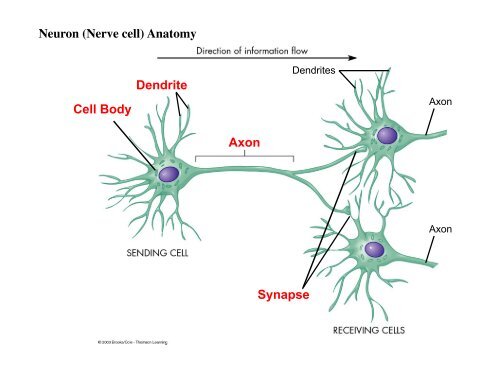

Axons generally conduct signals from the cell body to the synapses, where they connect with the dendrites of other neurons. These processes transfer information between cells in the form of electrical and chemical signals. They are made up of a centralized cell body, called the soma, and two types of extending processes, axons and dendrites. Neurons are fundamental structural units of information processing and communication in animals.

Our model also predicts a quarter-power scaling relationship between conduction time delay and body size. Notably, our findings reveal that the branching of axons and peripheral nervous system neurons is mainly determined by time minimization, while dendritic branching is determined by power minimization.

We test our predictions for radius scale factors against those extracted from neuronal images, measured for species that range from insects to whales, including data from light and electron microscopy studies. Here, by constructing biophysical theory and testing against empirical measures of branching structure, we develop a general model that establishes a correspondence between neuron structure and function as mediated by principles such as time or power minimization for information processing as well as spatial constraints for forming connections. Classifying neurons according to differences in structure or function is a fundamental part of neuroscience. Neurons are connected by complex branching processes-axons and dendrites-that process information for organisms to respond to their environment.


 0 kommentar(er)
0 kommentar(er)
